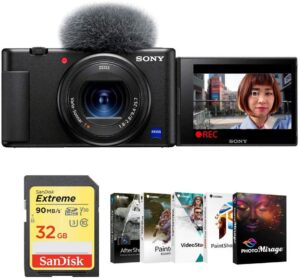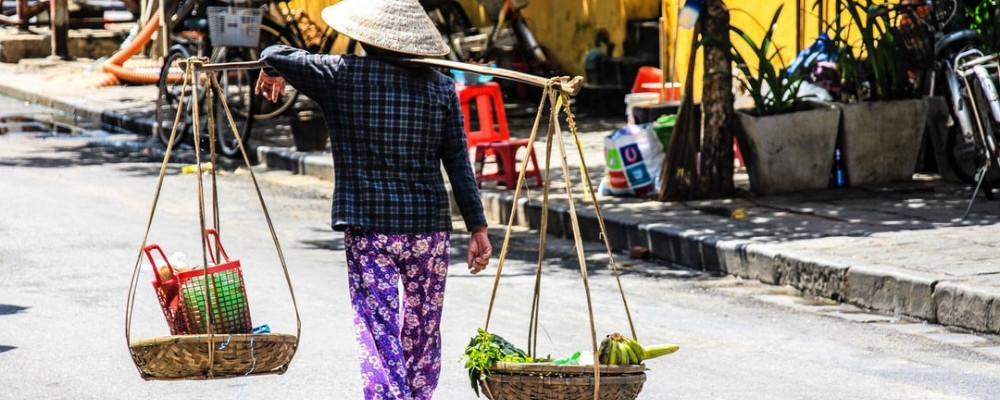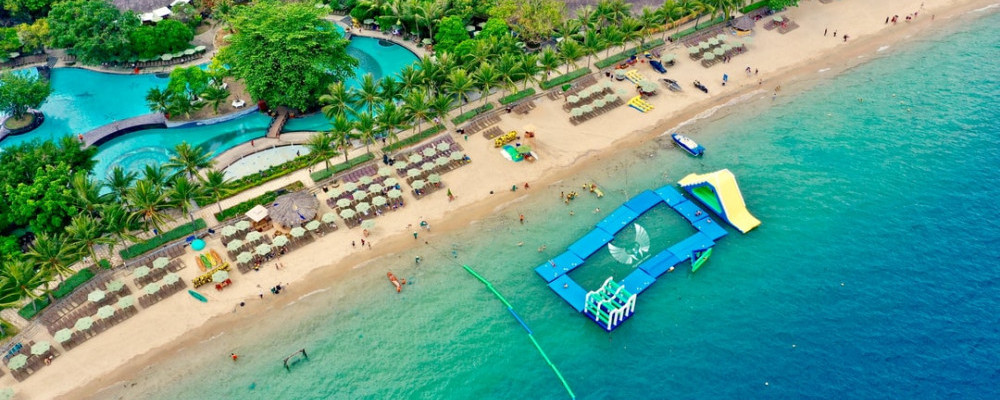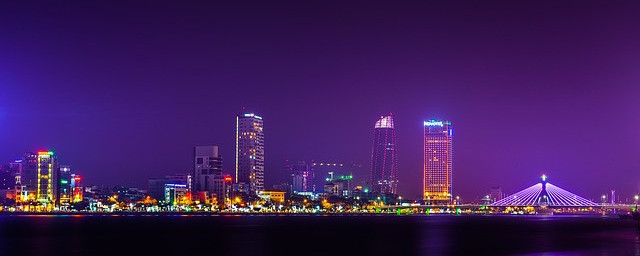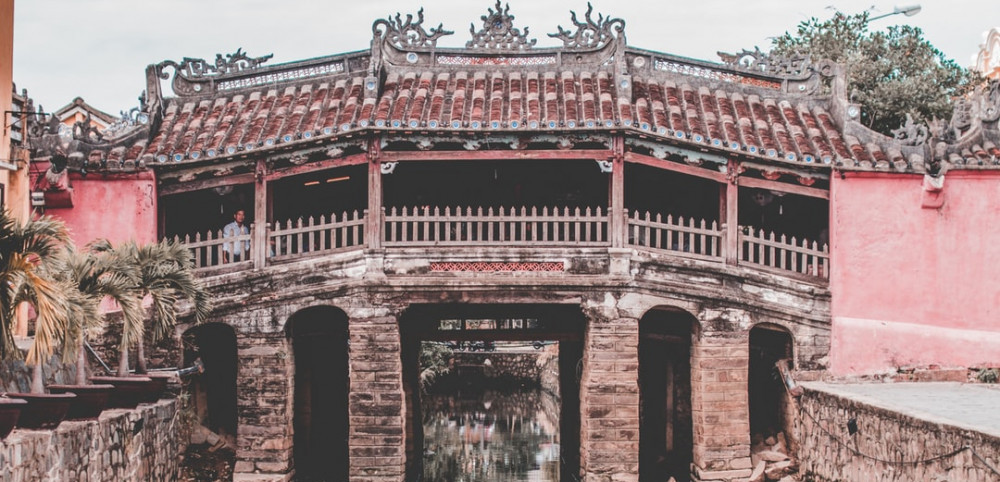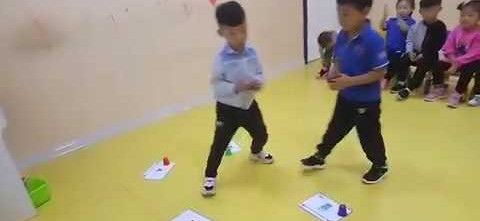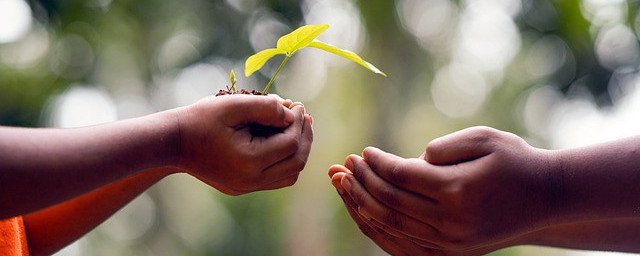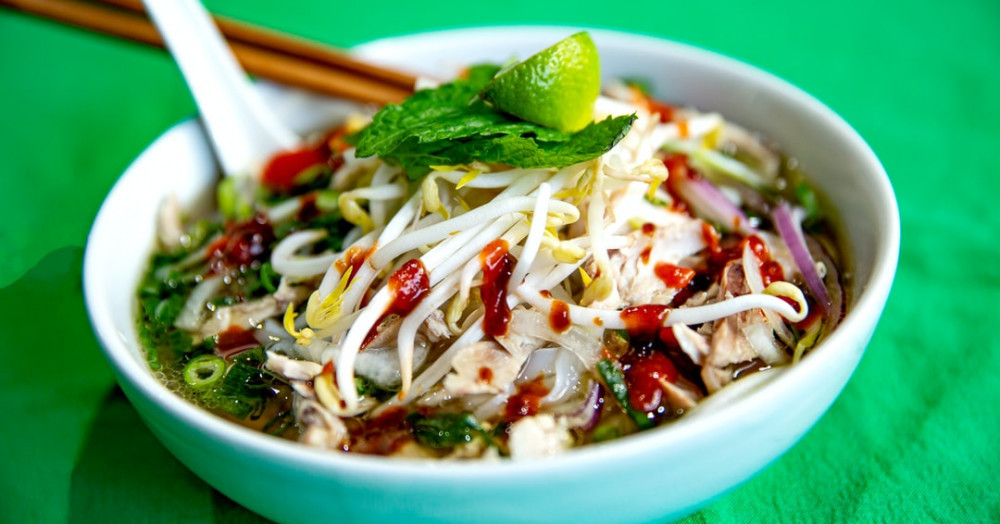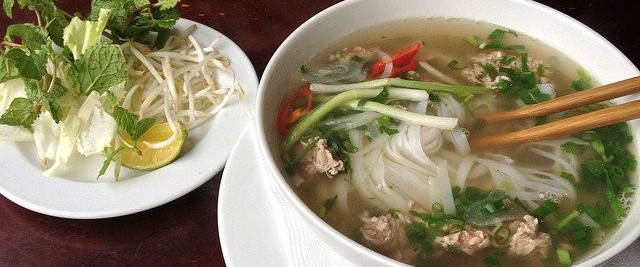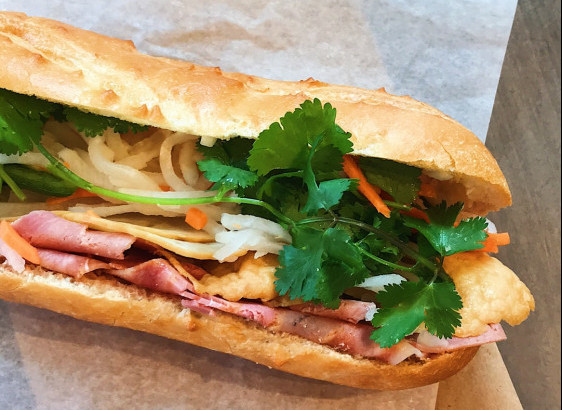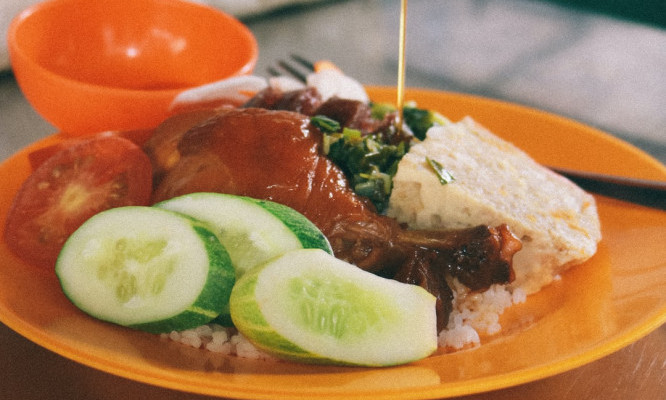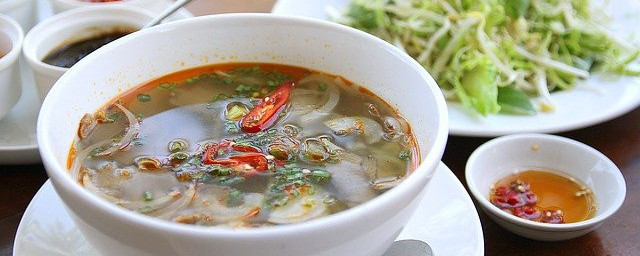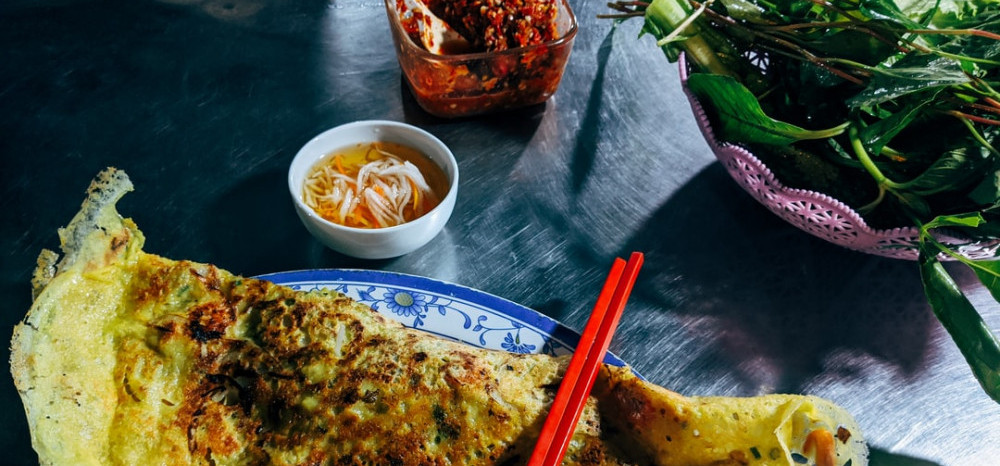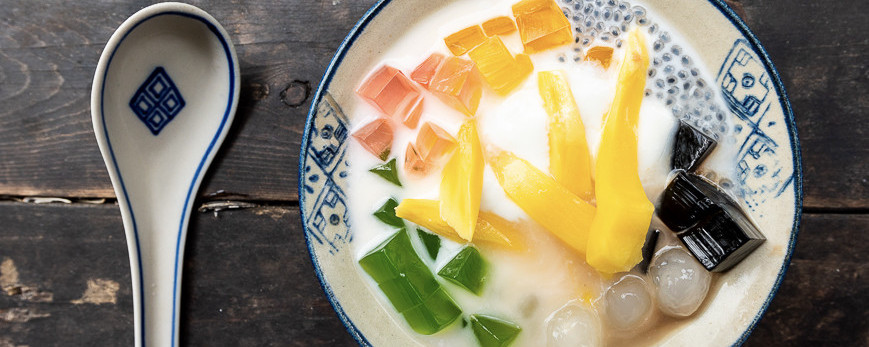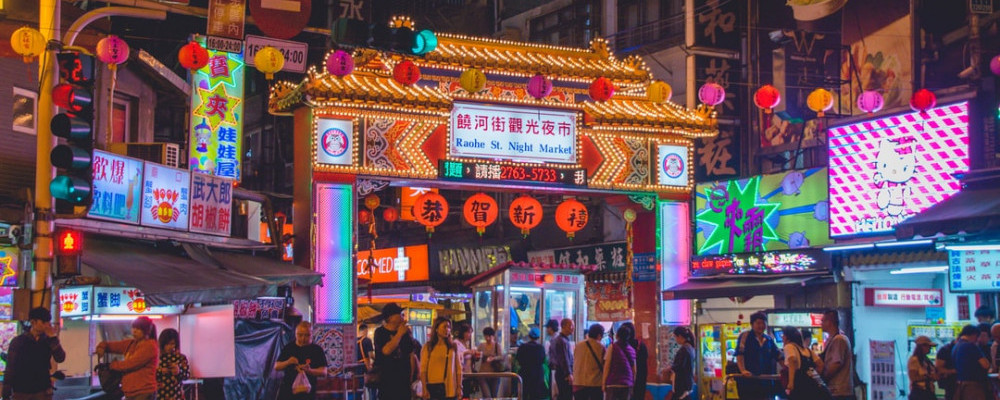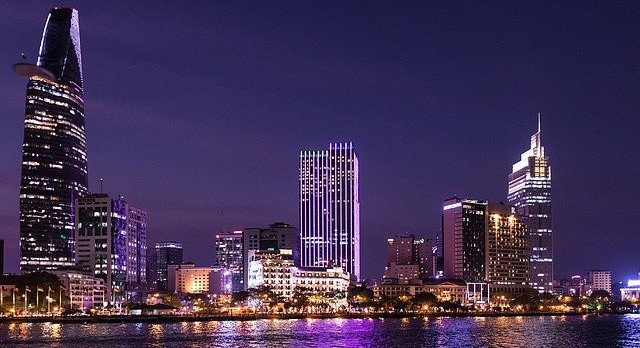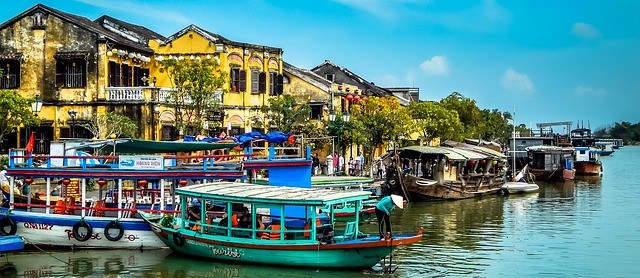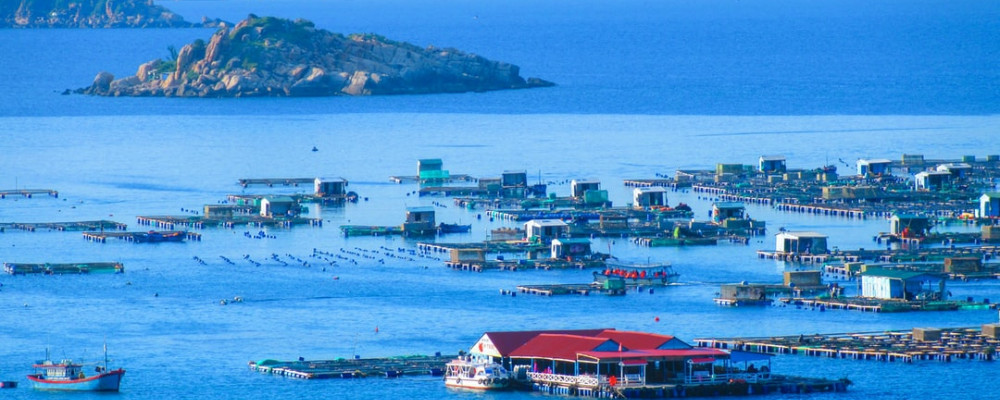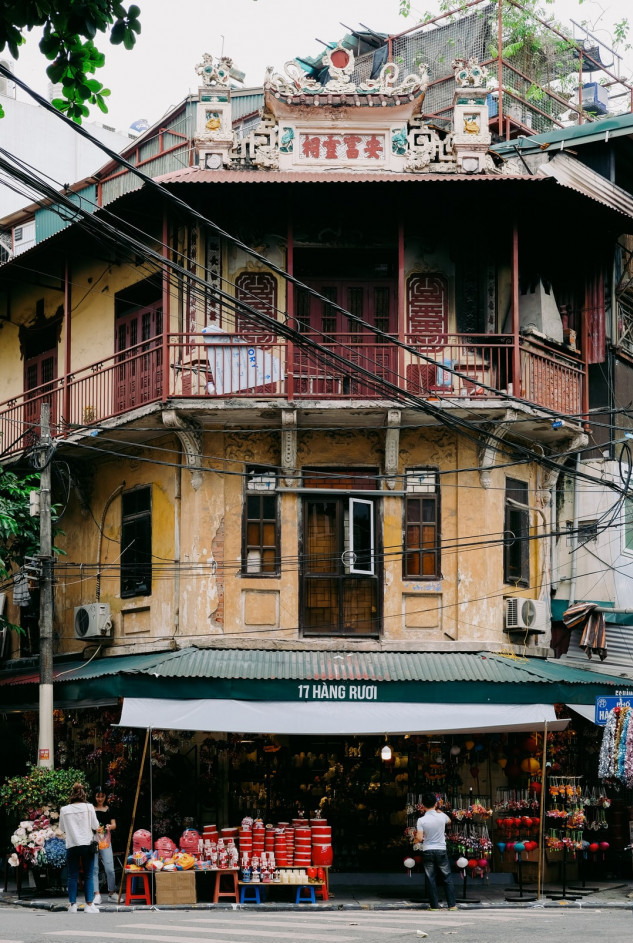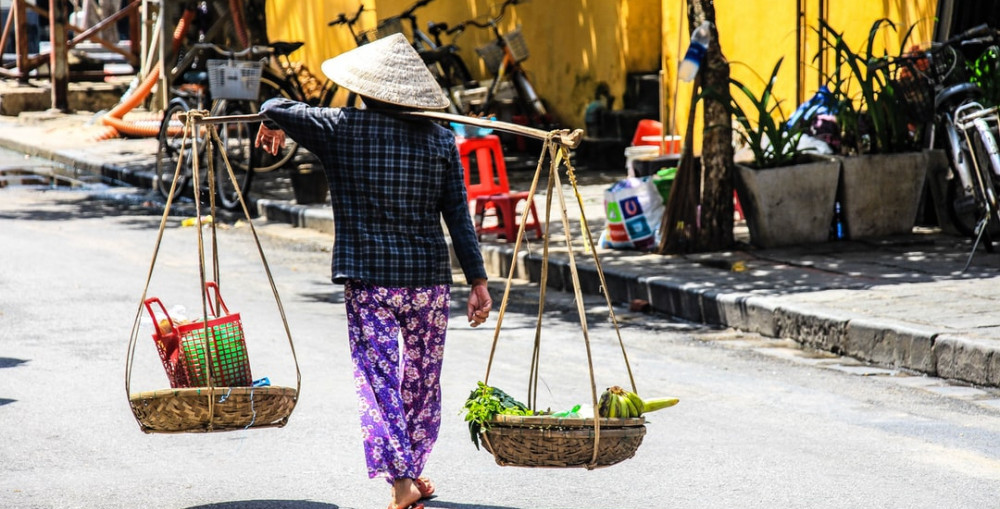When you come to Vietnam you will want to capture those moments that are special. The sights of Vietnam will blow you away.
There is always something interesting and colorful to capture. Will your smartphone be enough to capture those moments of a lifetime? Let’s get into it.
Cameras vs Smartphones.
You might be thinking right now that you don’t need a travel camera because you already have one on your smartphone that goes everywhere with you.
Even while smartphone cameras are improving, there are still some times when they simply cannot match the quality of a good camera.
Sensors in cameras are larger than those in smartphones. Even cameras with a smaller sensor, such as Micro Four Thirds, have a lot more surface area to work with than a smartphone sensor.
This makes them ideal for low-light photography since they can record a wider dynamic range and more detail in the highlights and shadows.
The other major advantage of cameras over smartphones is that they can use an optical zoom lens. And this makes getting pin-sharp photographs of distant things considerably easier.
This greatly expands your shooting versatility and the variety of shots you can take.
Could you take a picture like this with a smartphone. It would not happen with the degree of sharpness in this picture.

Things to look for in a travel Camera.
Don’t get me wrong: I appreciate an excellent camera phone. However, a mirrorless camera, DSLR, or luxury compact camera will do a better job of capturing your once-in-a-lifetime moment.
Don’t limit yourself to a single-lens wide-angle lens if you can afford it.. Choose a camera and lenses that will allow you to photograph in a range of scenarios, such as a long-zoom compact or a mirrorless camera.
Size and weight: If you don’t want to lug around a heavy bag, a pocket-sized compact camera is a good option. If you’re going to be carrying your camera in a shoulder bag or backpack, a larger DSLR or mirrorless camera will produce superior results.
After size, the next thing you should think about is what you want to take a picture of.. A long zoom, for example, is useful on safari, whereas a tiny, light, and fast camera (preferably with prime lenses) is excellent for capturing quick photo possibilities in the city.
The best travel cameras combine performance and portability to enable you to shoot in a variety of situations and conditions.
Simplicity: When on vacation, not everyone wants to worry about fiddling with camera settings. Everyone can utilize the full auto modes on all of the cameras on this list.
If your vacation is likely to include a lot of bumps, water, and bad weather, you’ll want to look at durable compacts like the Olympus TG-6, or an action camera like the GoPro Hero 9 Black if video is your primary concern.
Price: The cameras on my list come in a variety of pricing ranges but choose wisely. Remember, you only get what you pay for.

My favorite toys.
Olympus OM-D E-M10 Mark IV
We focus on portability when choosing the best travel camera, and the tiny yet powerful Olympus OM-D E-M10 Mark IV is one of the best portable cameras available. It not only has a remarkably light body with tactile dial-led controls, but it also employs the Micro Four Thirds sensor.
While this has significant drawbacks in terms of low-light performance, it practically doubles the focal length of any lens attached to the camera; for example, a 50mm lens will behave like a 100mm lens.
This goes a long way in vacation photography, allowing you to keep your gear size down. It has a lot to offer.
Its quick burst shooting, precise autofocus, and stunning 4K video makes it a fantastic camera in every way.
SPECIFICATIONS
Type: Mirrorless Sensor: Micro Four Thirds
Megapixels: 20.3MP
Screen: 3-inch tilting touchscreen, 1.04million dots
Viewfinder: EVF
Max burst speed: 8.7 fps Max
Video resolution: 4K
Level: Beginner/enthusiast
Price. Check at ==> Amazon <==

Panasonic Lumix ZS200 / TZ200
Panasonic’s solution to the rise of high-end compacts like the excellent Sony Cyber-shot RX100 V, which have stolen the thunder from compact travel zooms, has been to maintain the camera body at the same size as its prior ZS/TZ-series cameras but squeezing in a considerably larger sensor.
We saw this with the Lumix ZS100 (known outside the US as the Lumix TZ100), and Panasonic has continued this trend with the Lumix ZS200 / TZ200.
This physically larger 1inch sensor allows for significantly greater image quality than would otherwise be possible, but the lens’ zoom range isn’t quite as vast as some others with smaller sensors.
Despite this, the ZS200 / TZ200 has a very useful 15x zoom, as well as a helpful built-in electronic viewfinder that makes composing shots in strong light easier. Although it’s a little on the pricier side, this is still one of the greatest travel zoom small cameras on the market right now.
SPECIFICATIONS
Type: 1 inch type
Megapixels: 20.1 MP
Screen: 3 inch touchscreen, 1.24 million dots
Viewfinder: EVF
Max burst speed: 10 fps Max
Video resolution: 4K
Level: Beginner/ Intermediate
Price. Check at ==> Amazon <==

Sony Cyber-shot RX100 VII
The original RX100 redefined premium compact cameras by being the first pocket-sized camera to include a huge 1.0-inch sensor. They were always wonderful for travel, but because of the limited zoom lens, they may have been disregarded in favor of other models.
Things changed when we got to the RX100 VI, which paired a far longer lens than ever before – and now the RX100 VII has undergone some improvement.
The incredibly wide aperture of earlier generations has been sacrificed to make the lens longer, but if you’re mostly going to be shooting in sunny climates, it might not be such a huge concern.
Under the hood of the RX100 VII, there’s a lot of power. It has features you may never use, such as a ludicrous 90fps burst mode, as well as more usual features, such as 4K video.
The major disadvantage of this model is its price, but if you want the best of the best for your travels, it might be the one for you.
SPECIFICATIONS
Type: 1 inch type
Megapixels: 20.1 MP
Lens: 24 – 200 mm
Screen: 3 inch tilting touchscreen, 924 K dots
Viewfinder: EVF
Max burst speed: 90 fps Max
Video resolution: 4K
Level: Intermediate
Price. Check at ==> Amazon <==

Panasonic Lumix GX80 / GX85
The Panasonic GX80/ GX85 is a tiny and light camera with a typical rectangular ‘rangefinder’ design. Make sure you purchase it with the Panasonic 12-32mm f/3.5-5.6 G VARIO ASPH. retractable kit lens.
In 35mm terms, this is similar to 24-64mm, providing a slightly smaller zoom range than a standard kit lens in a much smaller compact.
The GX80 can easily fit into a large pocket, thanks to the Micro Four Thirds sensor, which allows for this shrinking.
Physical controls include a tilting screen with touch sensitivity and a pop-up flash alongside a hotshoe, most functions are handled via buttons and menus rather than dedicated dials.
If you have room in your suitcase for a small compact camera this will be perfect..
SPECIFICATIONS
Type: Mirrorless Sensor
Megapixels: 16 MP
Lens: Micro Four Thirds
Screen: 3 inch tilting touchscreen, 1.04 million dots
Max burst speed: EVF Continuous shooting speed
Video resolution: 4K
Level: Beginner Enthusiast
Price. Check at ==> Amazon <==

Canon EOS M50 Mark II
Canon’s EOS M line used to feel like an afterthought, but it’s come a long way, and these lightweight, cheap mirrorless cameras are now a great choice for travelers.
Thanks to its high-resolution APS-C sensor, the Canon EOS M50 Mark II is a powerful stills and video camera. It’ll handle most shooting scenarios with ease, and its sleek design is attractive as well.
A clean HDMI out, the ability to shoot vertical video and the ability to live-stream to YouTube are just a few of the camera’s video features.
The only major drawback is that the camera’s 4K is subpar, with shaky autofocus and the 1.6x crop factor that has hampered so many Canon launches. This is a good buy if you don’t need to shoot 4K on your trips..
SPECIFICATIONS
Type: DSLR Sensor
Megapixels: 24.1 MP
Lens: Canon EF- Mount system
Screen: 3 inch fully articulating LCD touchscreen
Viewfinder: EVF
Max burst speed: 10 fps Max
Video resolution: 4K
Level: Beginner to Enthusiast
Price. Check at ==> Amazon <==

Nikon D3500
Nikon’s latest entry-level DSLR is the D3500. It misses a few capabilities, most notably a vari-angle rear screen and 4K video, as compared to the Canon EOS Rebel SLR/250D, but it’s a lot cheaper, so these differences won’t matter to many customers.
If you go with the D3500, make sure it comes with Nikon’s retracting 18-55mm AF-P VR lens .
And if you’re going traveling, you might want to consider Nikon’s affordable and lightweight 10-20mm AF-P lens as well – it’s great for narrow streets, expansive interiors, and tall buildings and landmarks.
The Nikon D3500 can only shoot full HD video, not 4K, and its live view autofocus isn’t as advanced as the Canon EOS Rebel SL3/250D’s, but if you’re only interested in stills and prefer to utilize the viewfinder over the rear screen, the D3500 is a great deal.
SPECIFICATIONS
Type: DSLR Sensor
Megapixels: 24.2 MP
Lens: Nikon F
Screen: 3 in one fixed
Max burst speed: 5 fps Max
Video resolution: 1080 p
Level: Beginner Intermediate
Price. Check at ==> Amazon <==

Sony A6100
The Sony A6100 is arguably the finest blend of size, shooting power, and value right now if you don’t mind carrying something slightly larger than a pocket camera on your travels.
It isn’t perfect, but it checks most of the boxes for globetrotting photographers. Despite its small size, this entry-level mirrorless camera comes with a slew of handy features, like configurable buttons and a microphone input, as well as a flip-up touchscreen that, while restricted in functionality, is excellent for framing long-distance selfies.
The 24.2MP sensor, when combined with a suitable lens, produces decent shots with plenty of information, while the AF system which is shared with the flagship A6600 assures consistently accurate focus and outstanding continuous tracking.
Even while shooting on the move the A6100 can also take 4K footage at 30fps, albeit there is no IBIS. The battery life is good, as is the Wi-Fi, which works nicely with the companion app for sharing holiday photos quickly.
The relatively low-res EVF and LCD, as well as the Auto ISO, which might struggle with fast-moving subjects It’s preferable to shoot street action in full manual mode.
The A6100 comes close to achieving travel perfection, with decent value, strong features, and a bag friendly design..
SPECIFICATIONS
Type: APS-C CMOS Sensor
Megapixels: 24.2 MP
Screen: 2.95-inch tilt-angle
Max burst speed: 11fps Movies
Video resolution: 4K
Level: Beginner Intermediate
Price. Check at ==> Amazon <==

Sony ZV-1
The Sony ZV-1 is one of the best pocketable alternatives if you’re primarily interested in shooting trip video rather than stills. It brings together the best video-focused capabilities of Sony’s RX100 series.
Sony’s most recent autofocus system is arguably the best in a tiny camera. The ZV-1 is less convenient for stills shooters than the RX100 VII due to the lack of an electronic viewfinder.
But it’s still a decent camera and better than most smartphones thanks to its 20.1MP 1-inch sensor.
The ZV-1’s brilliant 24-70mm f/1.8-2.8 lens and Real-time Eye AF are ideal for capturing professional, smartphone-beating vlogs, but it’s video where it really shines.
A 3.5mm microphone jack ensures that the audio quality matches the visual, and a built-in hot shoe allows you to mount a lot of extra stuff.
SPECIFICATIONS
Type: Compact 1 inch sensor
Megapixels: 20.1 MP
Lens: 24 – 70 mm f1.8 – 2.8.
Screen: 3-inch tilting touchscreen
Viewfinder: None
Max burst speed: 24 fps Movies.
Video resolution: 4K
Level: Beginner/enthusiast
Price. Check at ==> Amazon <==
GoPro Hero 9 Black
An action cam should be at the top of your list if you require a small, pocketable video camera that can handle pretty much whatever your journey throws at it. Right now, the GoPro Hero 9 Black is the most powerful and versatile.
This is the only GoPro with a front-mounted color display, which comes in useful for framing your journey highlights. It also has a larger battery and several new software tricks when compared to the more cheap Hero 8 Black (which is also worth considering).
Hind Sight catches the action 15-30 seconds before you press the shutter, and Hyper Smooth 3.0 stabilization, which smooths out even the most juddery mountain bike footage, are two of these features. In addition, the 5K video mode captures more detail than any other GoPro, and the Linear shooting mode corrects wide-angle distortion to make film look like it was shot with a more traditional camera.
The sensor of the Hero 9 Black is smaller than those available in luxury compacts and mirrorless cameras, and it is geared more toward video than stills. However, if you primarily want to capture video, the compact size, 10m waterproofing, and compatibility with a variety of attachments all help you get shots that are otherwise impossible to achieve with other travel cameras.
SPECIFICATIONS
Weight: 158g
Waterproof: 10m
Video 4K
Burst speed up to 60fps1080: up to 240fps 720: up to 240fps
Stills resolution: 20MP
Battery: 1720mAh
Price. Check at ==> Amazon <==

Go-Pro Hero 12
I strongly recommend checking out the Go Pro updated version, Hero 12.
This will be my next camera purchase, and I will be going for the “Content Creator” bundle. This is currently on a discount and is sub $500 mark.
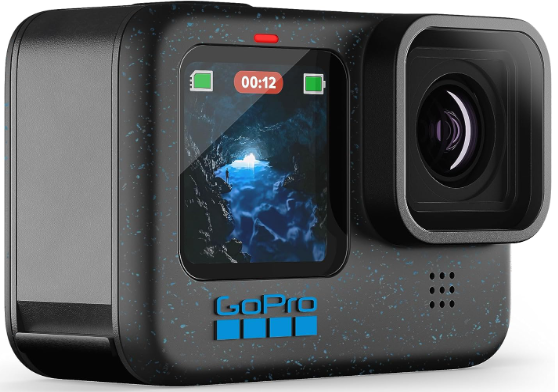
GoPro HERO12 Black – Waterproof Action Camera with 5.3K60 Ultra HD Video, 27MP Photos, HDR, 1/1.9″ Image Sensor, Live Streaming, Webcam, Stabilization
Olympus Tough TG-6
For some travelers, a camera that can withstand water, ice, dust, rain, and even collisions is all that matters. The Olympus TG-6 may lack the zoom range and huge sensors of the other cameras on our list, but if your trip photography focuses on adventure rather than tourism, the TG-6 is likely to be a better fit.
The TG-6 will survive a lot more punishment than the ordinary compact because to its waterproof, crush-proof, shockproof, and freeze-proof build, but it’s not just its tough credentials that excite.
Raw photography and 4K video recording are both uncommon on waterproof compacts, and the 12MP sensor’s pixel count was purposefully reduced over previous models to make it generate better results.
SPECIFICATIONS
Type: Compact Sensor
Megapixels: 12 MP
Lens: 25 – 100 mm
Screen: 3 inch
Waterproof. 3 meters.
Shock proof. 2.1 meters
Freeze proof 10º C or14° F
Video resolution: 4K
Level: Beginner
Price. Check at ==> Amazon <==

Conclusion
While I have tried to be as fair as possible in the comparisons it is sometimes like comparing apples to bananas.If you wish to leave any comments feel free to reply below.
Maybe you are thinking. What does Steve use. I have the Sony Cyber-shot RX100 VII. And it is a brilliant camera. if you want to look at some of the pictures I have taken in Vietnam, you can look ==> here <==
Steve.
Any or all links on this site maybe affiliate links, and if you purchase something through those links I will make a small commission on them.
There will be no extra cost to you and at times due to my affiliation you could actually save money.
You can read our full affiliate disclosure here.

